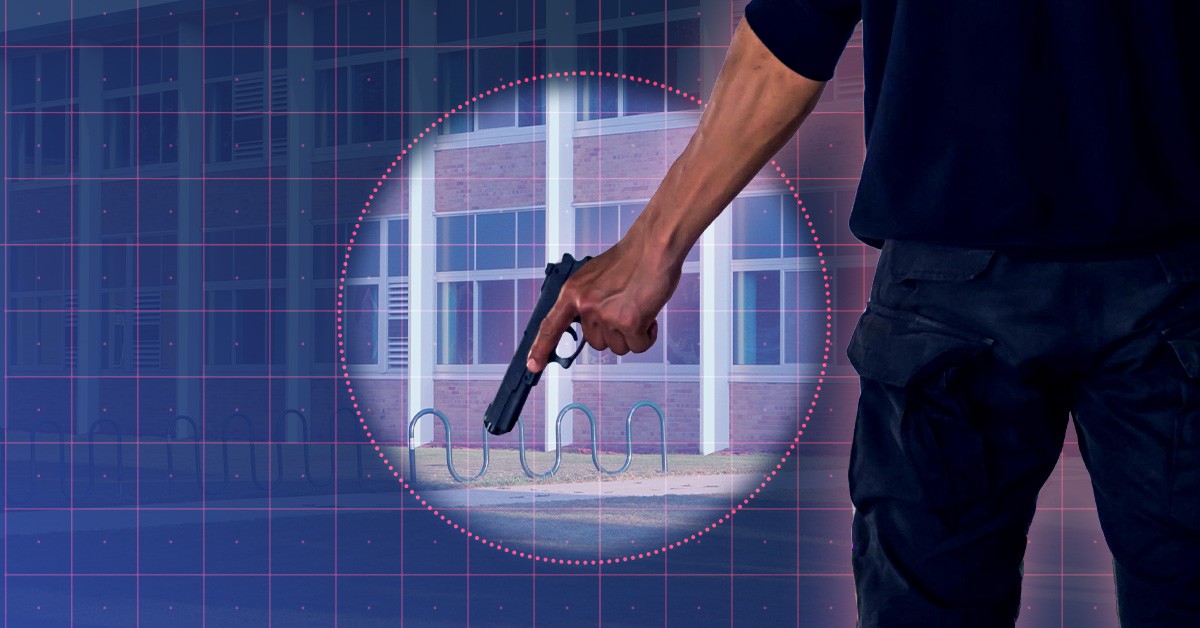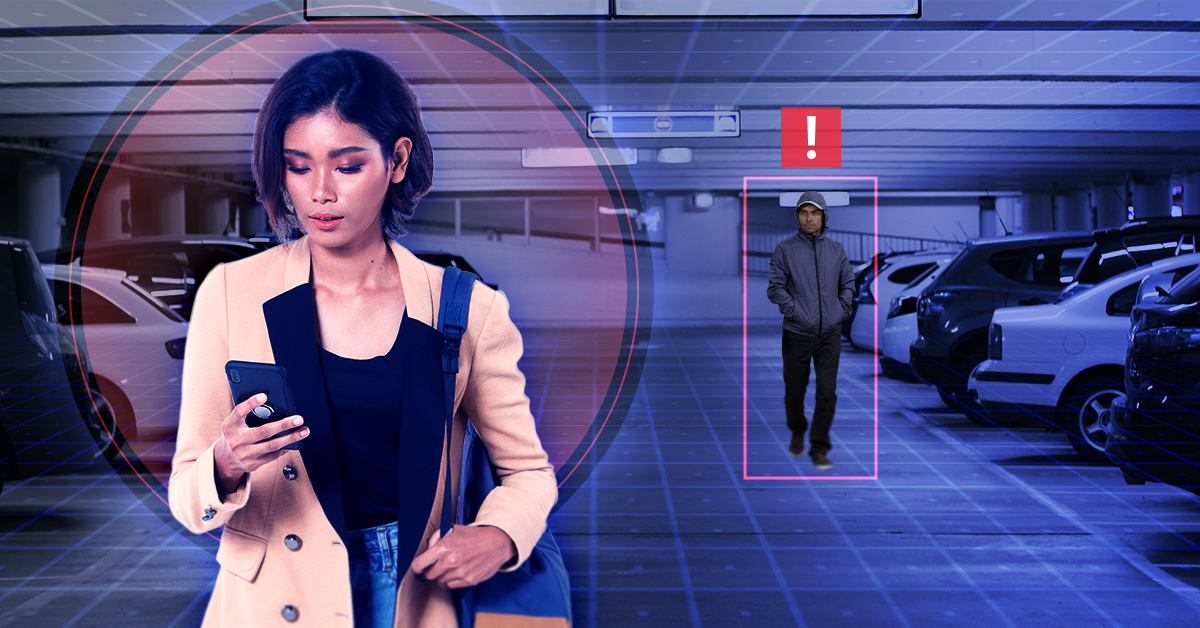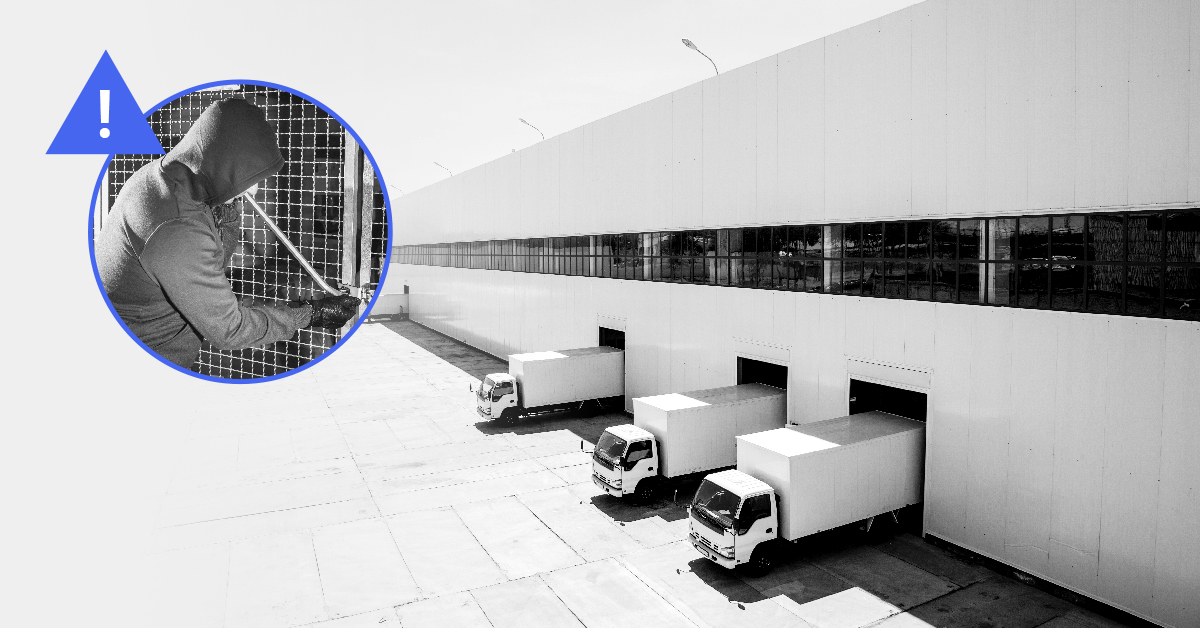
Prime targets for criminal activity, logistic companies must learn to fight back
Distribution, manufacturing and shipping warehouses have long been targets for criminals. Due to five unique characteristics, these industries encounter a range of security threats that can be challenging to solve.
By addressing these five challenges with security solutions tailored to each property’s unique needs, warehouses and distribution centers can reduce product loss, eliminate property damage and cut labor costs:
1. Proximity to high crime areas
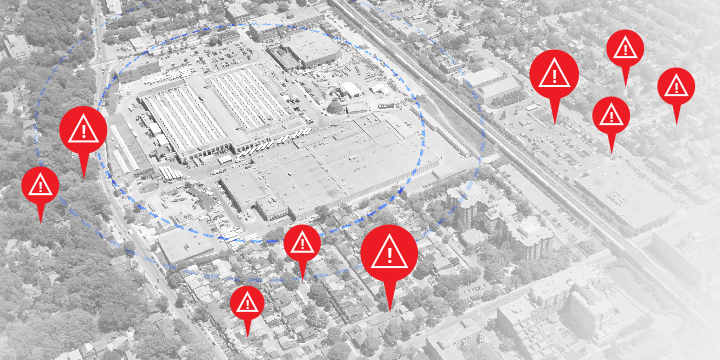
Distributions centers, manufacturers, and warehouses are often located in the industrial districts of their respective cities and towns where costs are more affordable for the large spaces needed for business operations. These lower-cost areas are unfortunately often higher crime areas with little police oversight. A robust security defense helps deter unwanted activity in these higher crime areas.
How Remote Guard can solve this challenge: Edgeworth’s highly trained and experienced security experts work with clients to identify their distribution center’s individual risks and find the right security solutions that proactively prevent security threats. Hands-on experts can assess your property’s weak spots and recommend tailored solutions to proactively mitigate threats. Even as the surrounding area changes, Edgeworth is constantly monitoring security effectiveness with security reports that provide accountability, highlight what works and keep clients informed.
Our combination of state of the art technology, advanced analytics, artificial intelligence and highly trained agents can take your security beyond high fences, gated entrances, roaming guards and CCTV by blanketing your property in a digital protective net that proactively stops criminals in their tracks.
2. High-value property
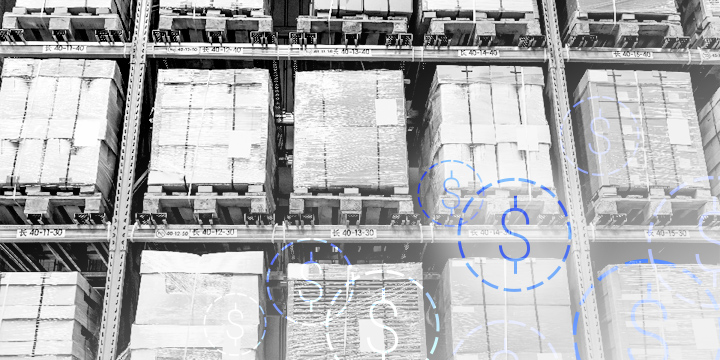
The high-property on premises, all located in one spot, unfortunately, attracts thieves. And even more, unfortunately, these thieves can also be employees. While most employees are honest, there are inevitably some opportunists who will eye high-value property and take advantage of windows of time without oversight to steal inventory and/or equipment. For those individuals, the temptation is increased with how easy it is to anonymously sell goods online.
In 2019, two Target distribution center employees were able to steal over $3,000 in goods in under 24 hours, clocking out during their shift as they had during any other work day.
In addition to the threat of inside jobs, warehouses and distribution centers often have expensive, heavy machinery out in the open. For vandals and mischief makers, this equipment may be enticing to misuse. Any damage or vandalization of valuable machinery can not only be expensive but pose a safety threat to workers who use it as well as the vandals themselves.
Furthermore, even property that is considered “low-value” may need the protection of security measurements, as it too is becoming increasingly targeted.
In 2007, electronics accounted for 32% of all cargo thefts, according to FreightWatch International. By 2012, food and drink had replaced electronics as the most-targeted cargo type, accounting for 19% of all thefts that year.
Product loss should be a top concern for those in the logistics industry. By switching to a more comprehensive security solution that mitigates loss, companies can save significant amounts of money.
How Remote Guard can solve this challenge: Edgeworth’s video surveillance isn’t reactive – it assesses possible criminal situations in real time. Using high definition audio and video, the camera’s built-in artificial intelligence can distinguish between suspicious activity versus ordinary activity, as well as between human, vehicular or other disturbances - eliminating false alarms.
3. Lethal Hazards
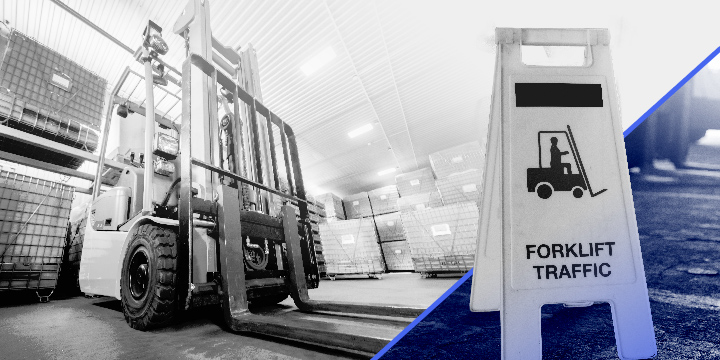
An average distribution center or warehouse is filled with potentially lethal equipment. Used improperly, everyday machinery can become dangerous to employees and trespassers. While training on proper handling is required, accidents inevitably happen. Due to strict OSHA regulations, owners need to be vigilant at protecting themselves against violations – this means an advanced and extensive security solution.
Before an incident should happen, owners should guard themselves against liability by ensuring that their surveillance system is up-to-date and covers all aspects of their property. If a false claim should occur, video evidence is the best defense against liability.
Outside of the frivolous lawsuit, food and drug manufacturers should elevate their defense as the industry is especially vulnerable. Contamination can be accidental or otherwise as disgruntled employees have been known to purposely pollute product. The average cost of recall to a food company is $10 million in direct cost and doesn’t account for brand damage and lost sales, which could potentially be devastating.
Possible contamination can be prevented by securing certain areas from employee access. Additionally, the FDA recommends “setting up remote monitoring and alarms that are triggered when unauthorized employees access certain areas.”
How Remote Guard can solve this challenge: Because remote guarding uses state of the art, high-definition audio and visual cameras, incidents involving claims can be reviewed for evidence - stopping wrongful lawsuits in their tracks. By using an integrated and customized system, owners can feel safe knowing that high-risk areas have been closely monitored, incidents are stopped in the moment by live agents and any suspicious activity reported so accidents involving heavy machinery or contamination can even be actively prevented.
4. High Traffic
Any logistics supply chain involves a lot of personnel coming and going, which makes authorization difficult. Coupled with employee turnover and outsourcing, distribution centers can’t rely on simple key codes or facial recognition.
“The frequency of deceptive pickups—in which a thief poses as a legitimate driver and simply hauls a load away—spiked 763 percent from 2009 to 2012, up to 61 incidents, according to FreightWatch International.”
Access-controlled gates pose problems as there is an illusion of control but no verification as to who has the access code or if it has been compromised. In this day and age, owners need to take a vigilant stance on securing their product not only from theft, but from the threat of terrorism as well. Effective security in the supply chain is an assurance that goods have not been tampered with and consumers are safe.
How Remote Guard can solve this challenge: Edgeworth’s machine-learning, coupled with an integrated system tailored to a business’ specifications, can actively monitor traffic and report any unusual activity. The access control management feature allows owners to prevent security breaches and limit areas to specialized personnel. Backed by years of military, law enforcement and security experience, Edgeworth creates bespoke access control systems designed to tackle modern problems with cutting edge technology.
5. Property Size
Attempting to secure warehouses and distribution centers is daunting due to their overall size. Multiple entrances and exits along with a lengthy perimeter can be difficult to secure with manned guards alone, especially overnight. Criminals are apt at finding access points or weak spots on a property surrounded by chain-linked fences or even barbed wire.
In 2010, a gang stole $90 million worth of medication from a Connecticut warehouse operated by pharmaceutical company Eli Lilly. The thieves entered the warehouse through the roof, disabled the alarm system, and loaded the goods onto tractor-trailers, according to the FBI. With remote guarding, all access points and nuances of a property are covered in real time with live agents managing any incidents. In a planned and coordinated burglary operation like the Eli Lilly was victim to, Edgeworth’s live agents would have been immediately alerted to the criminal activity and be able to dispatch law enforcement while using Voice Down to deter further activity from the criminals.
Attempting to completely secure a large premise can, at the very least, be a costly endeavor. 24/7 security patrolling requires multiple guards on multiple shifts, and even then is still vulnerable to weak spots and ineffective personnel. Finding high quality security guards can be cumbersome as some have been known to take a nap on the job or even aid in the criminal activity. Additionally, CCTV is only a reactive solution, one where an owner must hope the footage leads to a timely capture and return of their product with the help of the local police. CCTV can potentially dissuade criminals from breaching the property, however, due to the proliferation of “dummy” security cameras, thieves often bypass them without concern.
Furthermore, for large properties with expensive equipment, machinery and product, the threat of a natural disaster, or those that take advantage of one, can also pose a problem. Owners of distribution centers and warehouses would benefit from being able to observe their property in real time, safely, without having to review the footage afterward.
How Remote Guard can solve this challenge: If a suspicious individual breaches the property, Edgeworth activates its Voice Down technology, where a live agent addresses the individual directly. Voice Down has a 93% deterrent rate in stopping criminal activity in its tracks. In the rare event a criminal doesn’t leave, Edgeworth’s close relationship with the local police ensure they are immediately alerted, dispatched to the property and the criminal is apprehended.


